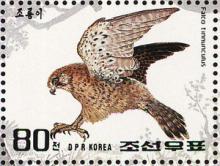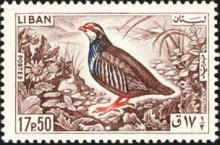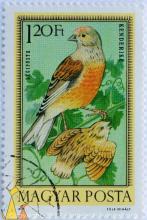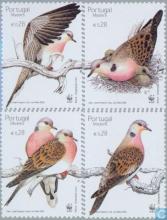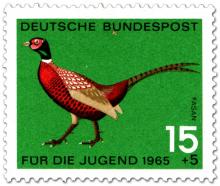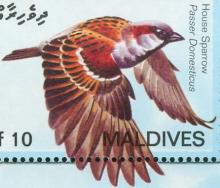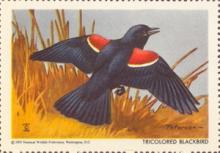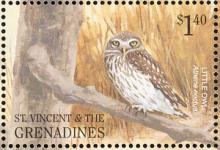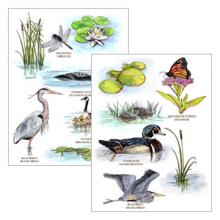De teloorgang van de torenvalk rond Lochem, Laren en Almen in de Achterhoek
Sinds 2002 doet de vogelwerkgroep Noordwestachterhoek torenvalken onderzoek naar broedgevallen van torenvalken (Falco tinnunculus) rondom Lochem. Het onderzoeksgebied wordt gevormd door 7 atlasblokken rond Lochem, Laren en Almen. In dit gebied onderhoudt de werkgroep ongeveer 30 kasten voor torenvalken. De kasten worden in het voorjaar een aantal malen gecontroleerd op broedgevallen waarbij de jongen geringd worden. In 2010 zijn door de werkgroep 31 kasten gecontroleerd. In 6 kasten werd er gebroed. Dit leverde 24 juveniele torenvalken op. In 2011 zijn 29 kasten gecontroleerd en in 4 kasten werd gebroed. Daarnaast was er een broedplaats direct naast een kast. In 1 kast ging het broedsel verloren, vermoedelijk door predatie. In de overige 3 kasten groeiden 10 juvenielen op. In 2012 zijn 23 kasten gecontroleerd en werd eveneens in slechts 4 kasten gebroed. Het aantal uitgevlogen juvenielen is niet bekend.

